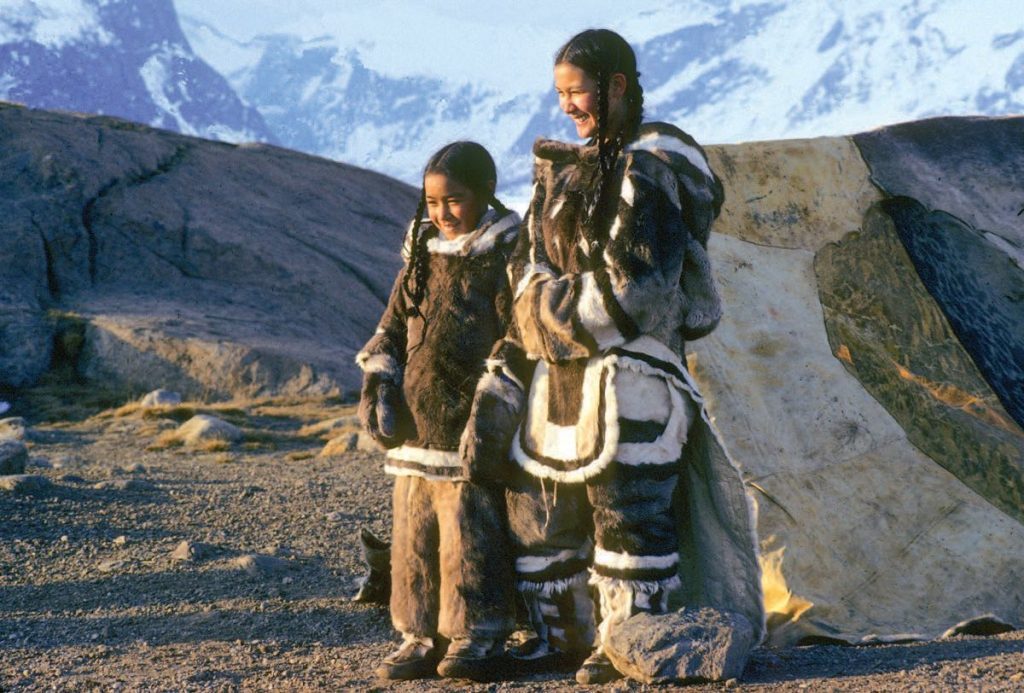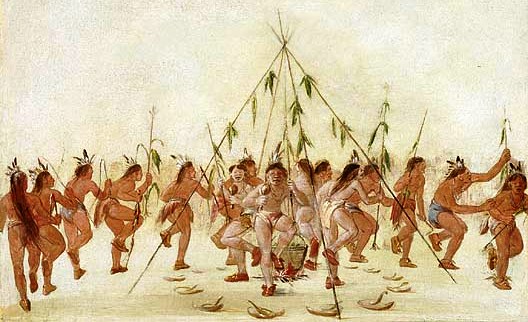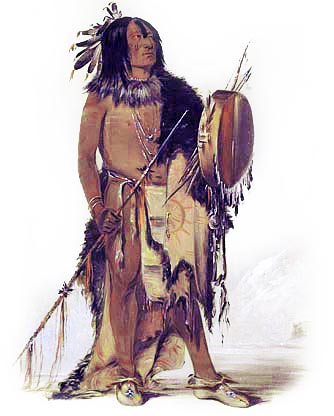Could you see yourself wearing any of these..??
Throughout history, clothes could be worn to signify status, to enhance one’s looks, provide warmth or other practical uses. The clothing worn by Native Americans in the 15th century greatly varied across North America due to differences in weather, access to resources and differing values from tribe to tribe. Prior to the Europeans arriving and initiating trade in the 1500s, Native Americans mainly relied on hunting to provide the skins for clothing.
Native American tribes were divided into several cultural regions. The tribes in these regions shared the same language, climate and environment.
The cultural regions and the clothing worn in these areas follows:
The Arctic: Located in the North of present-day Alaska, Canada and Greenland, this region had flatlands and had no trees. Living in one of the coldest regions on the planet, groups such as the Inuit relied on wearing several layers of thick clothing to keep them warm. Their outfit consisted of a parka, pants and boots made from seal and caribou. Seal skin would keep their clothing waterproof, while caribou fur lined the inside and covered the outside of their clothing to keep them extra warm.

The Subarctic: This area featured swampy lands and boreal forests. Stretching across inland Canada and Alaska, people of this region lived a nomadic lifestyle, following herds of caribou. Women wore long dresses with removable sleeves while men wore breechcloths and leggings. Alternatively, both men and women also wore tunics with knee-length pants. Everyone wore moccasins, a type of soft leather boot.
The Northeast: This region covered the Canadian Maritimes, the Great Lakes region, the Mid-Atlantic states, and the American Midwest. The region had temperate weather and a rolling landscape, which made good land for farming. Everyone wore moccasins and clothing made from deerskins and pelts. In the summer, women would wear deerskin aprons while men would wear breechcloths. When the weather got colder, the people would don bearskin capes and gloves. For ceremonies, beads, shells or porcupine quills were used to decorate the cloths.
The Southeast: North of the gulf of Mexico, this region was full of fertile land. Men and women wore little clothing, wearing short skirts in warmer weather, while children wore nothing at all. In colder weather, they wore skin cloaks and moccasins. They also wore jewellery made from shells and bones. Feather headdresses and capes made from bark and feathers from eagles and turkeys were worn during ceremonies.

The Plains: Spanning the vast prairie region between the Mississippi River and the Rocky Mountains, the people of the Plains dressed according to the weather. During the warm summer months, women would wear loose-fitting dresses and men would wear breechcloths. In the winter, men would wear robes and high boots. Deerskins and buffalo hides were used to make their clothing. Popular American media loosely based their depiction of an “Indian” from the Plains people due to the fact that they wore feathered war bonnets.

The Southwest: This area lies between present-day Arizona and New Mexico. It was a desert ecosystem and rained very little, although there were many rivers. Everyone wore deerskin moccasins. Men wore breechcloths and cloth headbands. Women wore knee-length cotton dresses called mantas. The dress was fastened over one shoulder while the other remained bare.
There are many more cultural regions such as the Northwest Coast, the Great Basin, and the Plateau. The areas I have talked about above are meant to show how different people dress depending on the region’s climate and topography. Not long after this period in time, Native Americans were exposed to the influences of the European settlers, adopting their styles as well as the styles of neighbouring tribes due to trade.
Sources:
http://www.native-languages.org/clothing.htm
https://greatplains.weebly.com/clothing.html
https://www.history.com/topics/native-american-history/native-american-cultures#section_4
